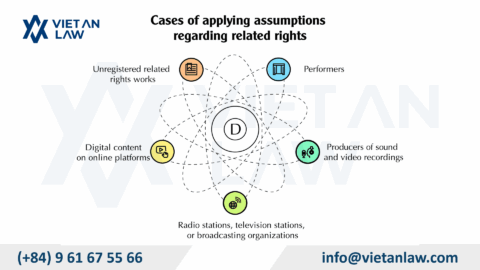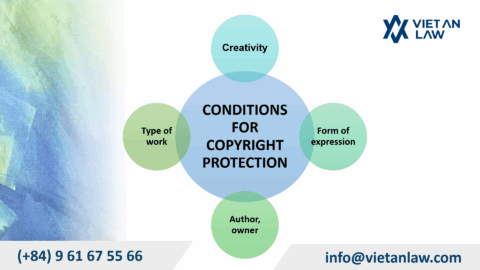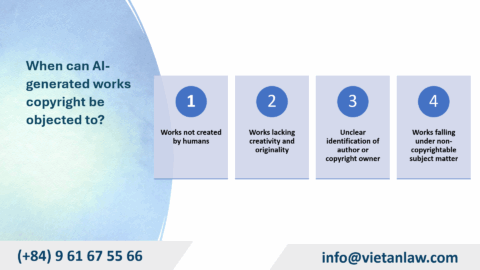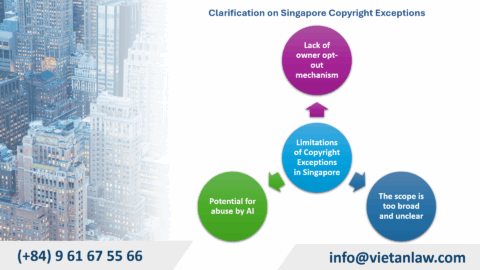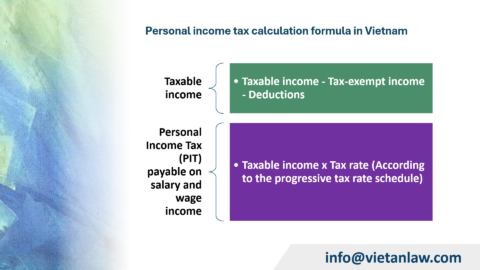In recent years, with the increasing socio-economic development, the role of creativity and human intelligence has been enhanced. Accordingly, individuals, organizations and businesses are more interested in the provisions of the Intellectual Property Law, the number of applications for protection of intellectual property rights is increasing. Therefore, when registering for protection of intellectual property rights, authors and patent owners need to be clear about the term of patent protection to ensure the rights of individuals to their products. The term of copyright or some related rights is quite long; of the trademark is 10 years. In the following article, Viet An Law will present the provisions on the term of patent protection in Vietnam under applicable law.
Table of contents
Pursuant to the Intellectual Property Law, “invention” is a technical solution in the form of a product or process to solve a defined problem by applying natural laws. Inventions are also one of the subjects protected by intellectual property rights in Vietnam according to the provisions of Clause 2, Article 3 of the Law on Intellectual Property.
Inventions are protected exclusively in the form of an invention patent or utility solution patent. Authors and owners of inventions, after registering and being granted a patent by the NOIP, will be legally recognized for protection and protected against acts of infringing upon patent rights.
In many countries, “invention” is described as a solution to a technical problem. The problem may be old or new, but the solution, to qualify as an invention, must be novel. Inventions require human intervention. Simply finding something that already exists in nature is often called an invention, not an invention. An invention doesn’t have to be something complicated or high-tech, it needs to be a completely new product, highly innovative and capable of being applied in industry and life.
For example, Ms. Q’s job is to make cakes. After a while, Ms. Q realized that if she continued to knead the cake by hand as usual, it would take a lot of time. Therefore, Ms. B came up with the idea of building a dough kneading machine in order to let the machine replace her to do this job. After completing the fabrication and putting into use, the machine helped Ms. Q shorten the kneading time significantly. In this case, Ms. Q succeeded in creating an invention because it solved a current technical problem.
The invention owner shall carry out the procedures for registration of invention protection at the competent industrial property agency. However, not all inventions are protected by law partly because such inventions do not qualify for patent protection.
Pursuant to Article 58 of the Intellectual Property Law, an invention is protected if it have all following conditions:
Note: This provision also applies to inventions disclosed in industrial property registration applications or industrial property protection titles published by state management agencies in case the publication is not in accordance with the provisions of law or the application is filed by a person who does not have the right to register.
Note: A technical solution that is an invention disclosed according to the provisions of Clauses 3 and 4, Article 60 of the Law on Intellectual Property cannot be used as a basis for assessing the inventive level of such invention.
In addition, if an invention meets only two conditions: novelty and industrial applicability, the invention shall not be granted a patent but only a utility solution patent.
The protection period of a patent is 20 years from the filing date and cannot be extended for an additional period of protection under Article 93, Clause 29, Article 1 of the Law of Unlike trademarks and industrial designs, the protection period is extended, while patents are limited in time when they are only protected for a maximum of 20 years and cannot be renewed.
For example: Patent filing date is 12.10.2023. Patent validity will be 12.10.2043.
The reason why the patent protection period is only 20 years maximum is to ensure the interests and balance the interests of the public and to encourage the creativity of individuals and organizations. A period of 20 years is enough for the author, the patent holder to profit from his invention before it becomes a popular invention in the public, while also creating conditions for the public has the opportunity to be exposed to those products. During the term of protection, the patent owner has the right to be granted the exclusive right to use, produce and sell the goods or services covered by the invention. This encourages founders, scientists and inventors to invest in research and development of new products. Without a term of protection, founders may not have the incentive to create new products because these products can be copied and sold widely in the market without having to compensate the creators original creation (For example, the acts of designing fake clothes from famous fashion brands).
However, after the term of protection ends, those inventions will become the common property of the public and can be used freely by the public. This will help new products and technologies that are no longer unfamiliar to the public but become more popular and are developed based on previous inventions. It also helps prevent some companies from retaining the right to forever use new products and technologies without any competition from other founders.
The form of protection of an invention is the subject of industrial property protection and exclusive protection of the content.
A patent is a territorial patent. Therefore, in order to be protected for invention to another country, the patent applicant needs to proceed to register the invention to the country he wants to protect. For example, if a patent is granted in Vietnam, it is only valid for the whole territory of Vietnam.
The protection period of a patent is 20 years from the filing date and cannot be extended for an additional period of protection.
Unlike trademarks and industrial designs, the protection period is extended, the patent protection period is limited to 20 years and cannot be extended.
An invention patent is valid from the date of grant and lasts until the end of 20 years from the filing date/international filing date. The protection effect should be maintained every year.
The utility solution patent is valid from the date of grant and lasts until the end of 10 years from the filing date/international filing date. The protection effect should be maintained every year.
According to the Schedule of fees and charges for industrial property specified in Circular 263/2016/TT-BTC, the fees and charges for maintenance of validity of patents/utility solutions are as follows:
Validity maintenance fee: 100,000 VND/point
Late maintenance fee: 10% maintenance fee/per month late payment
Appraisal fee for maintenance request: 160,000 VND/VBBH
Fee for using VBBH (by year):
Fee for publication of notice of maintenance record: 120,000 VND/application
Registration fee for information to maintain validity: 120,000 VND/VBBH.
According to the provisions of Clause 19, Article 1 of Circular 16/2016/TT-BKHCN, the maintenance of validity of a protection title must be done within 06 months from the expiry date of the validity period. Pursuant to point 20.363.a Consolidation Document No. 07/VBHN-BKHCN, the validity maintenance procedure may be carried out later than the time specified above, but must not exceed 06 months from the expiry date of the validity term. advance and the protection title holder must pay an additional 10% late maintenance fee for each month of late submission.
An invention patent shall be invalidated in the following cases:
Clients need advice on the term of patent protection in Vietnam, patent registration service please contact Viet An Law Firm for the best support.
